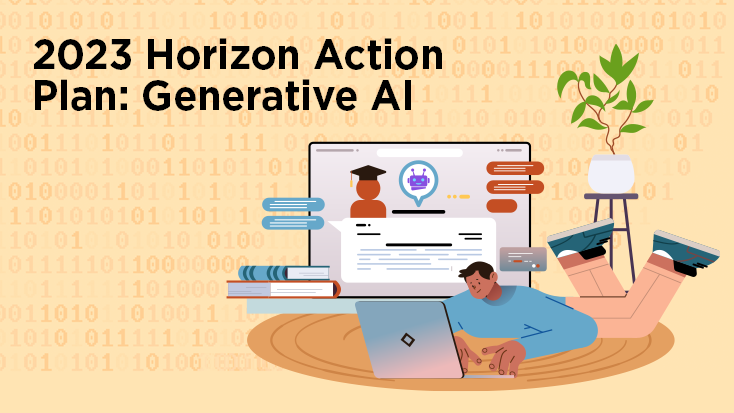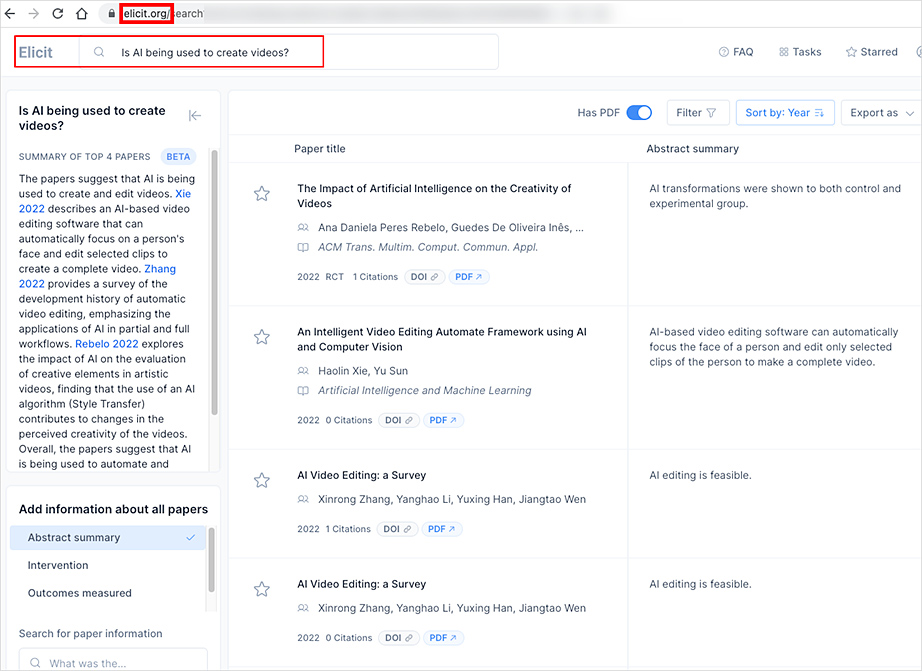How to Secure Your 2025 Legal Tech — from americanbar.org by Rachel Bailey
Summary
- With firms increasingly open to AI tools, now is an exciting time to do some blue-sky thinking about your firm’s technology as a whole.
- This is a chance for teams to envision the future of their firm’s technology landscape and make bold choices that align with long-term goals.
- Learn six tips that will improve your odds of approval for your legal tech budget.
Also relevant, see:
Why Technology-Driven Law Firms Are Poised For Long-Term Success — from forbes.com by Daniel Farrar
Client expectations have shifted significantly in today’s technology-driven world. Quick communication and greater transparency are now a priority for clients throughout the entire case life cycle. This growing demand for tech-enhanced processes comes not only from clients but also from staff, and is set to rise even further as more advances become available.
…
I see the shift to cloud-based digital systems, especially for small and midsized law firms, as evening the playing field by providing access to robust tools that can aid legal services. Here are some examples of how legal professionals are leveraging tech every day…
Just 10% of law firms have a GenAI policy, new Thomson Reuters report shows — from legaltechnology.com by Caroline Hill
Just 10% of law firms and 21% of corporate legal teams have now implemented policies to guide their organisation’s use of generative AI, according to a report out today (2 December) from Thomson Reuters.
AI & Law Symposium: Students Exploring Innovation, Challenges, and Legal Implications of a Technological Revolution — from allard.ubc.ca
Artificial Intelligence (AI) has been rapidly deployed around the world in a growing number of sectors, offering unprecedented opportunities while raising profound legal and ethical questions. This symposium will explore the transformative power of AI, focusing on its benefits, limitations, and the legal challenges it poses.
AI’s ability to revolutionize sectors such as healthcare, law, and business holds immense potential, from improving efficiency and access to services, to providing new tools for analysis and decision-making. However, the deployment of AI also introduces significant risks, including bias, privacy concerns, and ethical dilemmas that challenge existing legal and regulatory frameworks. As AI technologies continue to evolve, it is crucial to assess their implications critically to ensure responsible and equitable development.
The role of legal teams in creating AI ethics guardrails — from legaldive.com by Catherine Dawson
For organizations to balance the benefits of artificial intelligence with its risk, it’s important for counsel to develop policy on data governance and privacy.
How Legal Aid and Tech Collaboration Can Bridge the Justice Gap — from law.com by Kelli Raker and Maya Markovich
“Technology, when thoughtfully developed and implemented, has the potential to expand access to legal services significantly,” write Kelli Raker and Maya Markovich.
Challenges and Concerns
Despite the potential benefits, legal aid organizations face several hurdles in working with new technologies:
1. Funding and incentives: Most funding for legal aid is tied to direct legal representation, leaving little room for investment in general case management or exploration of innovative service delivery methods to exponentially scale impact.
2. Jurisdictional inconsistency: The lack of a unified court system or standardized forms across regions makes it challenging to develop accurate and widely applicable tech solutions in certain types of matters.
3. Organizational capacity: Many legal aid organizations lack the time and resources to thoroughly evaluate new tech offerings or collaboration opportunities or identify internal workflows and areas of unmet need with the highest chance for impact.
4. Data privacy and security: Legal aid providers need assurance that tech protects client data and avoids misuse of sensitive information.
5. Ethical considerations: There’s significant concern about the accuracy of information produced by consumer-facing technology and the potential for inadvertent unauthorized practice of law.













